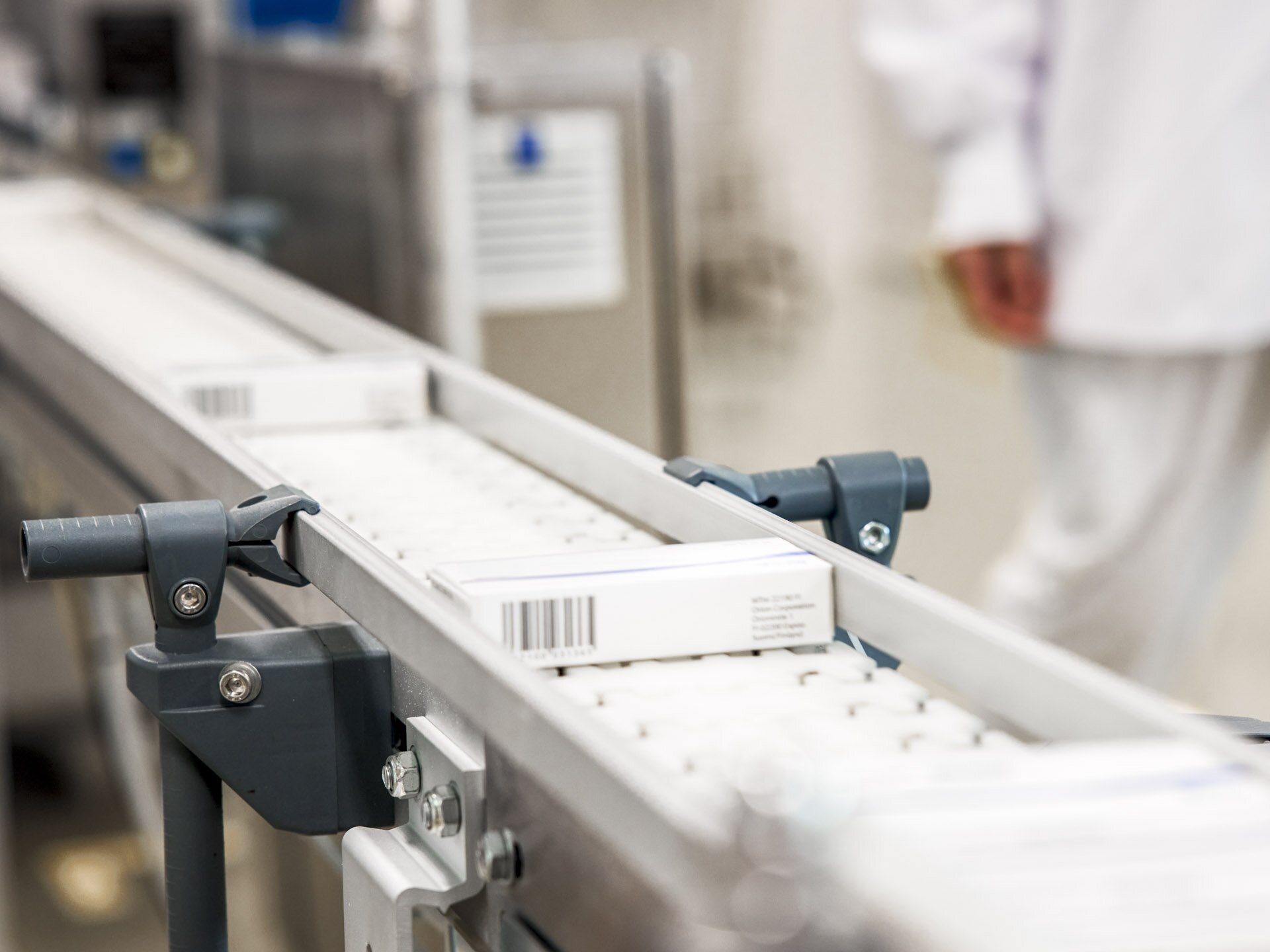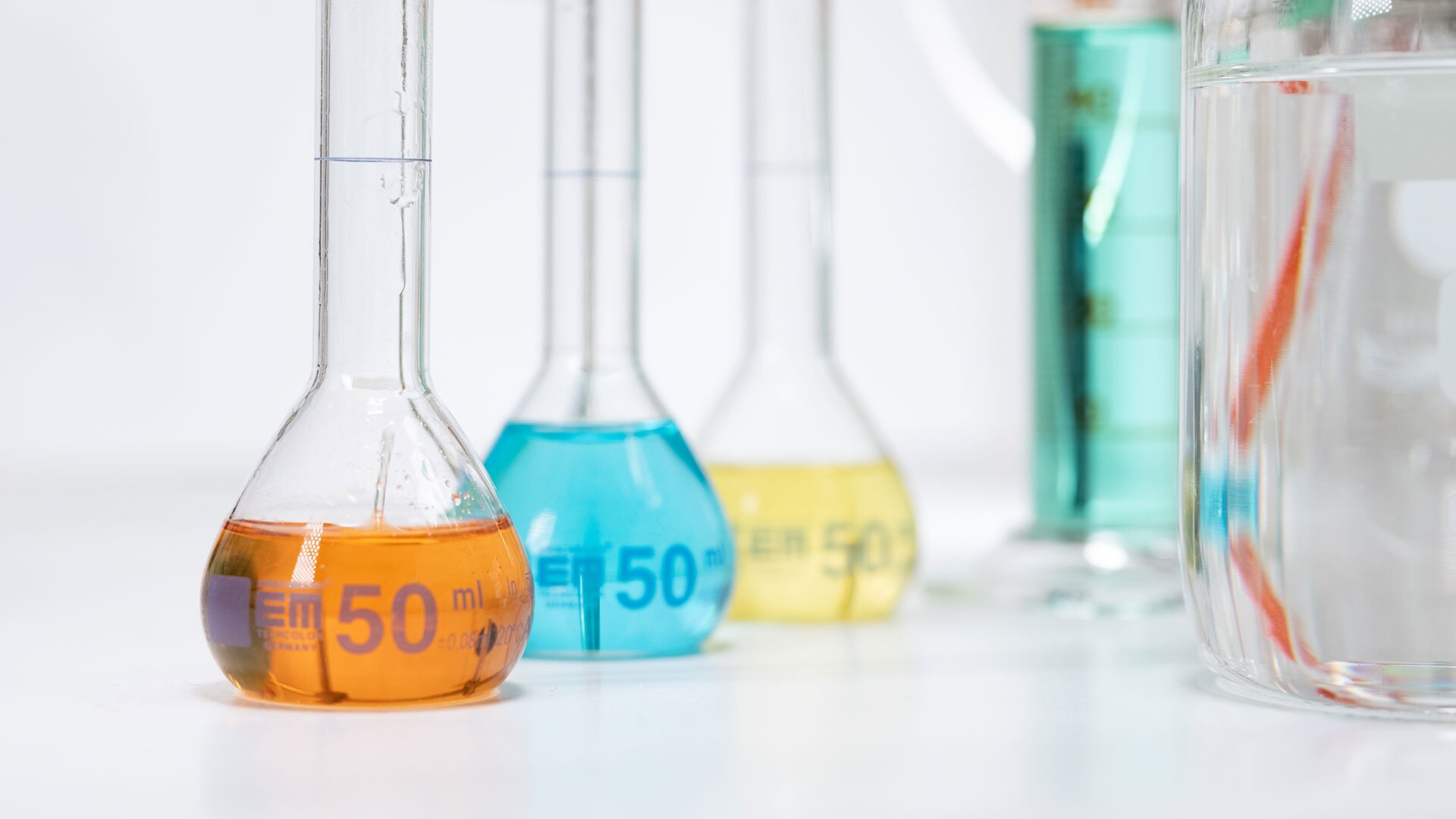Drugs can interact in several ways: they can increase or decrease the effects of the other drug. Such interactions are usually undesirable. For example, one drug can affect the concentration of another drug in the bloodstream: reducing the concentration reduces the efficacy of the medicine and increasing it exposes the patient to adverse effects associated with excessively high concentrations.
“The risk of adverse interactions is related to the absorption of the drug and its elimination from the body,” says Mikko Koskinen, Chief Scientist, DMPK, Orion.
Some interactions may also be desirable, for example when the treatment of a disease is enhanced through the combination of several drugs.
Check with your doctor to make sure your medicines are compatible – and read the package leaflet
The risk of interaction increases with the number of medicines used, so the elderly and patients with multiple diseases are more likely to experience harmful interactions. You can check with your doctor and the experts at the pharmacy to make sure that your medicines are compatible.
Koskinen also highlights how important it is to carefully read the package leaflet, which contains important information on interactions. Natural products and dietary supplements can also interact with medicines, as can alcohol.
Koskinen explains that drug development aims to minimise drug interactions so that it is easy for doctors to choose the right medicine and the right dosage, and to ensure that the medicine is as safe as possible for the patient.
Strict regulation steers pharmaceutical R&D and patient safety
Interactions between especially new medicines that have been developed in this millennium are generally well known. The regulation of pharmaceutical R&D has evolved continuously, and there are strict guidelines on how to study interactions and ensure patient safety. Tools for predicting interactions have also evolved.
We now have an even better understanding of how the phenomena observed in a test tube are related to the phenomena observed in patients."
“We now have an even better understanding of how the phenomena observed in a test tube are related to the phenomena observed in patients, so we are therefore even better at predicting the risk of interactions,” says Koskinen.
When Orion starts to develope a new drug, the identification of interactions is started early on in the process.
“We start by screening and optimising the lead molecules, and at that stage we will already use standard tests to determine how the potential drug candidates affect the main metabolic pathways, i.e. the enzymes that affect drug metabolism,” Koskinen says.
Striking a balance between a drug’s benefits and adverse interactions
As the drug discovery process advances, more attention is paid to the target patients: what other medicines they are taking and whether there are any critical medicines that must not, under any circumstance, be affected by the new medicine.
“It is not possible to eliminate all interactions, but we always aim to strike a balance between benefit and risk,” Koskinen points out.
“An important stage is before we transition to the clinical phase. When we are considering suitable drug candidates for clinical trials, we need to assess whether the trials are worthwhile or whether too many interactions are expected in the target patients.”
“If we decide to progress to clinical trials, we will confirm the predictions that have been made using the test-tube models, and the confirmed information on interactions will end up on the package leaflet.
Desired drug interactions are also studied
With regard to desired drug interactions, Orion has also managed to optimise the concentration of a drug in the bloodstream in its R&D work.
“In some cases, a drug is eliminated too quickly through the metabolism, so in this case we add inhibitors, which are substances that slow down this elimination,” says Koskinen.











